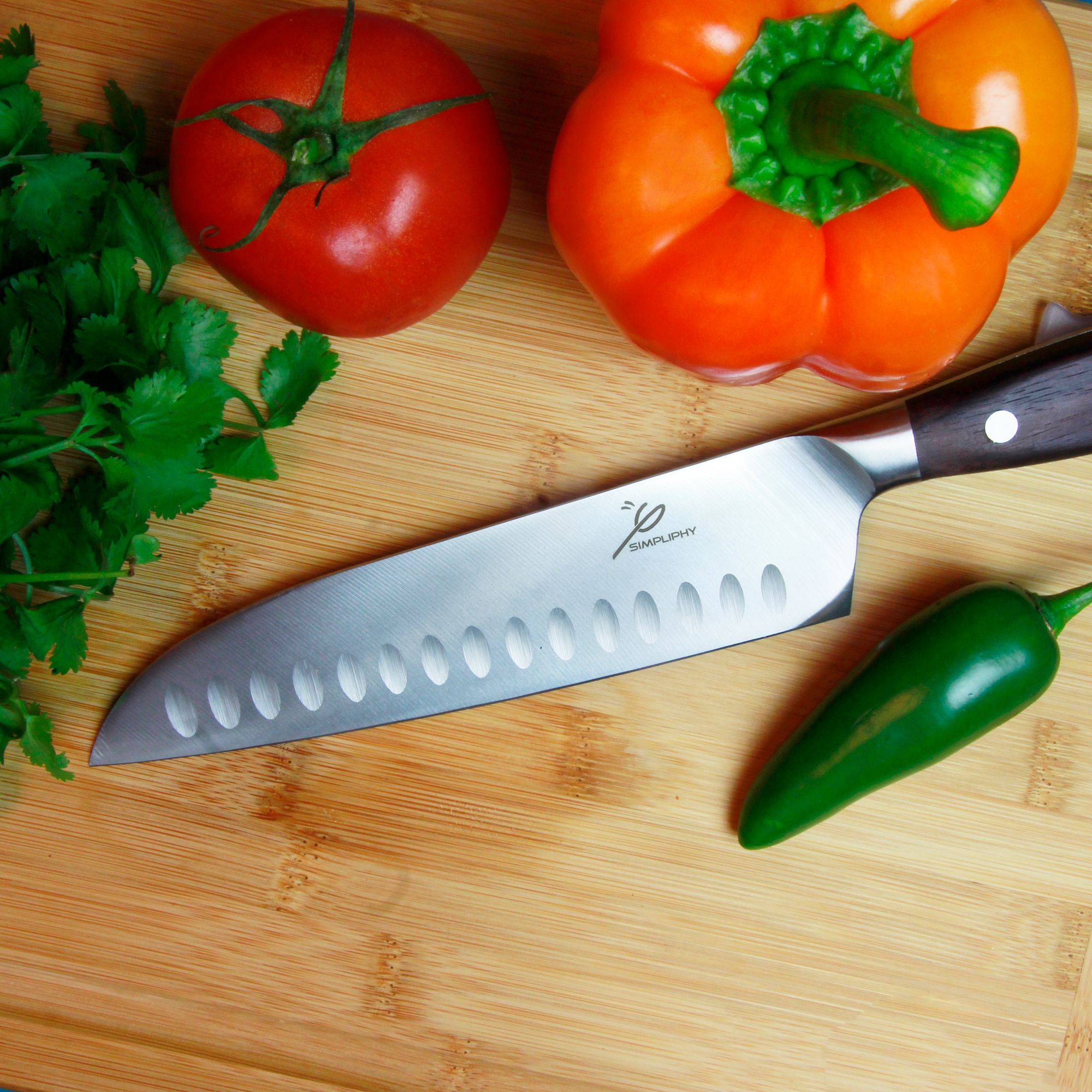
:max_bytes(150000):strip_icc()/Chef_Knives_MAC_04-aebe0eb3ee6847059e65cd62fc058e3e.jpg)
However, more and more of the top European knife manufacturers are opting for a 15º edge on their newer products in the belief that their thinner, smaller blades are perceivably sharper. Which Edge is Better?Īs previously mentioned, the general distinction between European/American knives and Asian knives are the difference in their 20º and 15º facets. Traditional Japanese knives should always be sharpened to a 15-degree angle unless it is designed and specified for special work. The15º edges allow for a precise incision while the primary bevel serves to deflect the slice away from the blade with each cut–this design is what makes these knives ideal for raw fish like tuna and salmon, which would otherwise stick to most double-faceted blades. The backside features a practically invisible 15º microfacet to create a balanced cutting edge. The front face on these blades typically features a primary bevel sharpened to 10 or 11º and a secondary facet sharpened to 15º. See our article on honing steel for Japanese knives to learn more about maintaining them.



Though not common in most American and European kitchens, traditional Japanese blades are the go-to for sushi chefs around the world. Like most Asian knives, these larger, thicker blades come with a 15º angle, but you may b them to 20 degrees for intensive and all-purpose use. However, Chinese and Japanese manufacturers have also come up with their own styles of chef’s knives designed for heavy-duty fish and meat work. They are typically thinner and lighter compared to most American/European blades. Most contemporary Santoku and Nakiri knives available in American and European stores are double faceted with 15º sides. Other task-specific blades like paring, utility, and boning knives are sharpened at the same angle, but are made with a thinner and lighter cross section. The blades on most of these chef’s knives feature a sturdy cross-section designed to handle a variety of cutting and chopping tasks. Standard American and European kitchen knives are double-beveled and sharpened on both sides of the blade at 20º facets (40º angle total). While specialty knife makers have come up with varying degrees of blade angles intended for different functions, most kitchen knives are sharpened at facets of either 15º or 20º, for a total angle of 30º and 40º, respectively. That’s okay, but even the most novice of cooks should be in possession of some kind of knife sharpener and know the degree to which each blade in the drawer should be sharpened. Most people pick a practical assortment of affordable knives and hope they are sharp enough to get the job done and built to last. If you’re anything like the average household cook, you probably don’t pay much attention to the specs of your kitchen blades. Now you can find American and European-made Japanese-style blades as well as traditional European styles manufactured by Asian brands. While these knives are common across Europe and North America, Asian cooking has warranted the need of specialty knives with thin and light blades designed to cleanly slice delicate fresh fish and less fibrous vegetables.įortunately, the fusion of eastern and western cooking in recent decades has led a more widespread availability of most specialty knives across the globe. The blades on knives like cleavers and large chef’s knives are thicker and heavier and made to cut through bone, tough meat, and fruits and vegetables with thick rinds. Over the years, each culinary culture has implemented their own designs for knives to suit the functions of their individual cooking needs. The average household knife block or drawer is filled with an assortment of knives with different sized and edged blades designed for various cutting tasks.


 0 kommentar(er)
0 kommentar(er)
